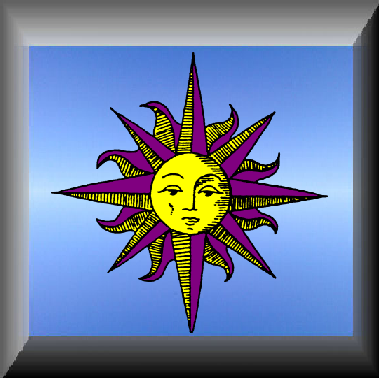VITAE ESSENTIA
The Essence of Life
Koromiko
Common Names: Koromiko, New Zealand willow (In Otago, Buchanan)
Māori names: Koromiko, Kōkōmuka (South Island; Māori informant in 1), koromuka, kōkoromuka, korohiko, kōkoromiko, korokio. Anon 1993 gives kōkōmuka as name for Hebe elliptica.
Botanical Name:
Family Name: Scrophulariaceae (Foxglove family)
Description:
Koromiko is a shrub of 2-3m in height with lance like leaves that are yellow green to dull green in colour. It has dense inflorescences of flowers that are often longer than leaves, the flowers being white, lilac or mauve in colour, with a sweet smell, they flower summer to autumn.
Koromiko is found in the North Island, often found in coastal scrub. The plant does not tolerate shade and at altitude the leaves become smaller and more separated. Hebes grow in the North Island, South Island and Stewart Island, they have a vast number of plants, 85 species being endemic to New Zealand. Some flowing hebes are considered the highest flowering plants in New Zealand.
Constituents and Properties:
Tannins, alkanes mannitol (wood) phenolic acid.
Astringent, bitter, styptic and tonic.
Medicine:
The main uses for Koromiko are diarrhoea and dysentery. Bruised leaves can be used as a poultice for ulcers and boils.
Internal use: Appetite stimulant, bladder troubles, promotes bile flow, dysentery, diarrhoea, eases labour, haemorrhaging, headaches, kidney problems, piles, stomach ache, teething babies with loose stools, varicose vein.
Topical: haemorrhage, rheumatism, ulcers.
Dosage:
Fresh leave tips (drying has little effect) these are given in proportion to age e.g. 6 tips for 6 year old, 12 tips for a 12 year old or adult.
Tincture: 10-30ml per week or ½ a teaspoon twice a day.
Alternative potentise to 1x or 20-60drops per 100mls.
Historical notes:
1848 “A decoction of the leaves is valuable in all complaints. Tender leaves of this shrub are bruised and applied as a poultice for ulcers, and especially for the pakiwhara – venereal disease.” (Taylor)
ca 1883 For injury from a wooden lance – “When the swabbing with warm water has been finished, the wound is pierced using a wooden knife made from the shrub korokio or koromiko, or the ngaingai or kōkota (types of mussel shells), or the pipi ( a shellfish)” (White).
1865 “Koromiko Veronica salicifolia, the common variety, the young buds of which when eaten raw are a certain cure for diarrhoea.”




